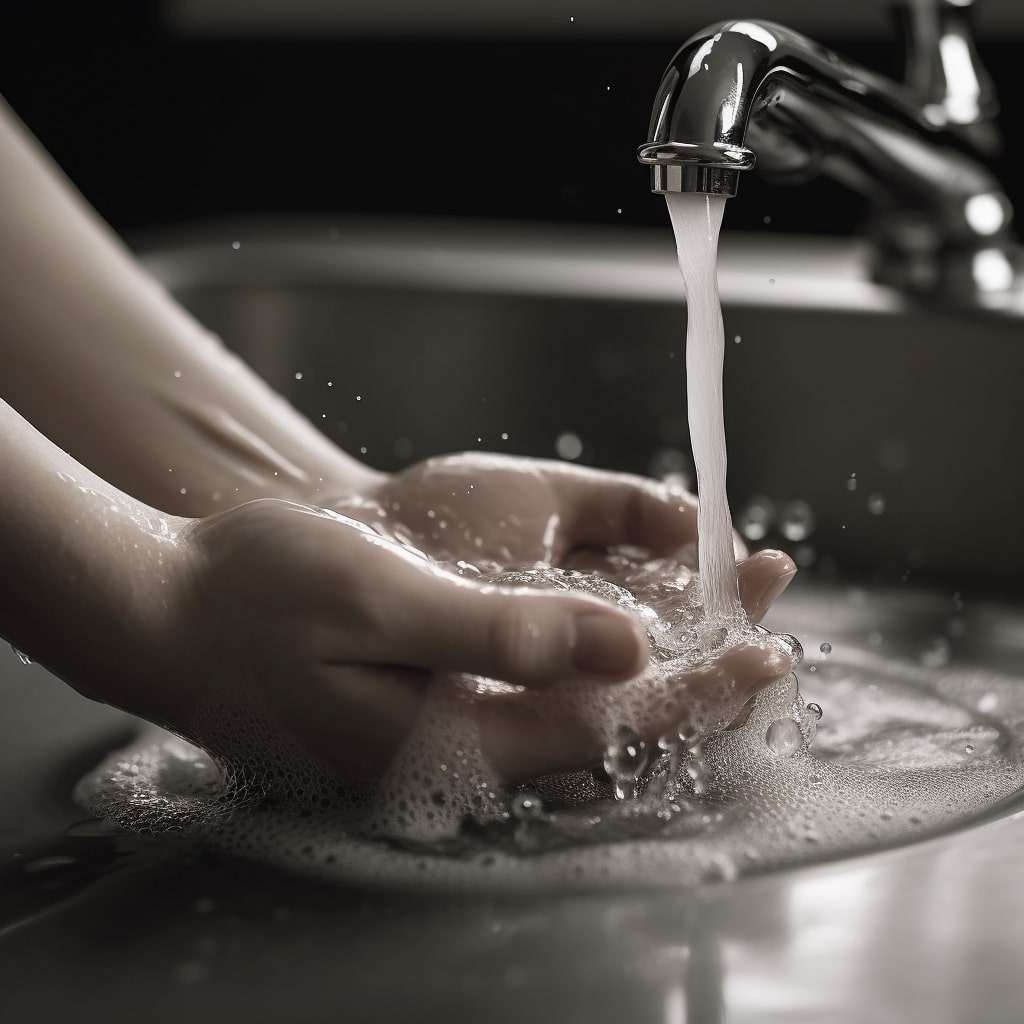Maintaining proper hand hygiene is essential in preventing the transmission of germs and diseases. Studies have shown that following correct handwashing techniques can significantly reduce the risk of respiratory infections and diarrhea-related illnesses.
This article provides valuable insights and tips on the importance of proper handwashing techniques in various situations, such as before handling food or in healthcare settings.
By following these top tips, you can ensure optimal hand hygiene and help prevent the spread of infections.
The Importance of Handwashing
The effectiveness of handwashing in preventing the spread of germs and diseases has been proven through numerous studies and research.
Handwashing is a critical component of hand hygiene practices and plays a vital role in disease prevention. It helps to remove bacteria, viruses, and other pathogens from our hands, reducing the risk of transmission.
Understanding the science behind handwashing and promoting the importance of handwashing education are key to ensuring its benefits are maximized.
Step-by-Step Handwashing Technique
An essential aspect of maintaining proper hand hygiene is following a thorough and effective step-by-step handwashing technique, ensuring that all areas of the hands are adequately cleaned and free from harmful pathogens. To achieve this, it is important to consider the following:
- Handwashing duration: It is recommended to scrub your hands for at least 20 seconds to effectively remove germs.
- Proper lathering: Use enough soap to create a good lather, covering the back of the hands, between fingers, and under nails.
- Thorough rinsing: Rinse your hands thoroughly under running water to remove all soap and germs.
- Towel vs. air drying: Either dry your hands using a clean towel or allow them to air dry. Both methods are effective in preventing the spread of germs.
Following a proper handwashing technique is crucial in reducing the transmission of diseases and maintaining overall health and well-being.
Common Mistakes to Avoid
Avoiding common mistakes and diligently following proper handwashing techniques can significantly reduce the risk of spreading germs and diseases. This is especially important in public places, schools, and during the COVID-19 pandemic.
Children should be taught the importance of handwashing and proper techniques from an early age. To ensure effective handwashing, it is crucial to wash hands for at least 20 seconds, covering all surfaces of the hands. By practicing proper hand hygiene, we can help prevent the spread of illnesses and protect ourselves and others.
Handwashing in Restroom Settings
Promoting proper handwashing in restroom settings is crucial for maintaining hygiene and preventing the spread of germs and diseases. To ensure effective handwashing, it is important to consider the following:
- Handwashing facilities: Restrooms should have easily accessible sinks with clean running water and soap dispensers.
- Hand hygiene products: Providing hand sanitizers as an alternative to handwashing can be beneficial.
- Effective handwashing methods: Encourage individuals to follow proper handwashing technique, including thorough scrubbing for at least 20 seconds.
- Benefits of handwashing: Emphasize the importance of handwashing in reducing the risk of infections and keeping both individuals and the community healthy.
Handwashing for Caregivers and Sick Individuals
Caregivers should always wash their hands before and after providing care to sick individuals to minimize the transmission of germs. Handwashing is particularly important when caring for vulnerable populations such as children, the elderly, and those with weakened immune systems.
Handwashing should also be practiced during travel, in schools, and in public places to prevent the spread of infections. Following proper handwashing techniques and practicing good hand hygiene can help protect both the caregiver and the sick individual from getting sick.
Handwashing Before and After Handling Food
It is essential to practice thorough handwashing both before and after handling food to prevent the contamination and spread of harmful bacteria. To ensure food safety and prevent cross contamination, follow these guidelines:
- Know when to wash hands: Always wash hands before and after handling food, especially raw food.
- Proper hand drying: Use a clean towel or air dry your hands to avoid reintroducing bacteria.
- Handwashing in public places: Utilize handwashing facilities in restaurants, markets, and other public places.
- Promote hygiene: Educate others about the importance of handwashing for food safety and disease prevention.
Handwashing After Animal Contact or Waste Cleanup
When should individuals prioritize handwashing after animal contact or waste cleanup, and what is the most effective technique to ensure proper hygiene?
Handwashing should be done immediately after handling animals or cleaning up their waste to prevent the spread of zoonotic diseases. The most effective technique includes wetting hands with clean water, applying soap, scrubbing for at least 20 seconds, rinsing thoroughly, and drying with a clean towel.
Cleaning supplies, pet hygiene, outdoor sanitation, and animal shelters play a crucial role in maintaining proper hygiene.
Hand Hygiene in Healthcare Settings
Proper hand hygiene is essential in healthcare settings, as it helps prevent the transmission of infections and ensures patient safety.
To improve hand hygiene compliance, hospitals implement various protocols and initiatives. These include hand hygiene education programs to educate healthcare workers on proper handwashing techniques, the use of hand hygiene audits to monitor compliance rates, and the establishment of hand hygiene protocols that outline when and how to perform hand hygiene.
These measures play a crucial role in reducing the spread of infections in healthcare settings.
Conclusion
In conclusion, proper handwashing is a crucial practice in preventing the spread of germs and diseases. By following the correct technique of wetting, lathering, scrubbing, rinsing, and drying, individuals can significantly reduce the risk of respiratory infections and diarrhea-related illnesses.
It is important to avoid common handwashing mistakes, such as inadequate duration, neglecting certain areas of the hands, and using contaminated towels.
Practicing good hand hygiene in various settings, such as restrooms, caregiving, food handling, and animal contact, is essential for maintaining optimal health and preventing infections.

